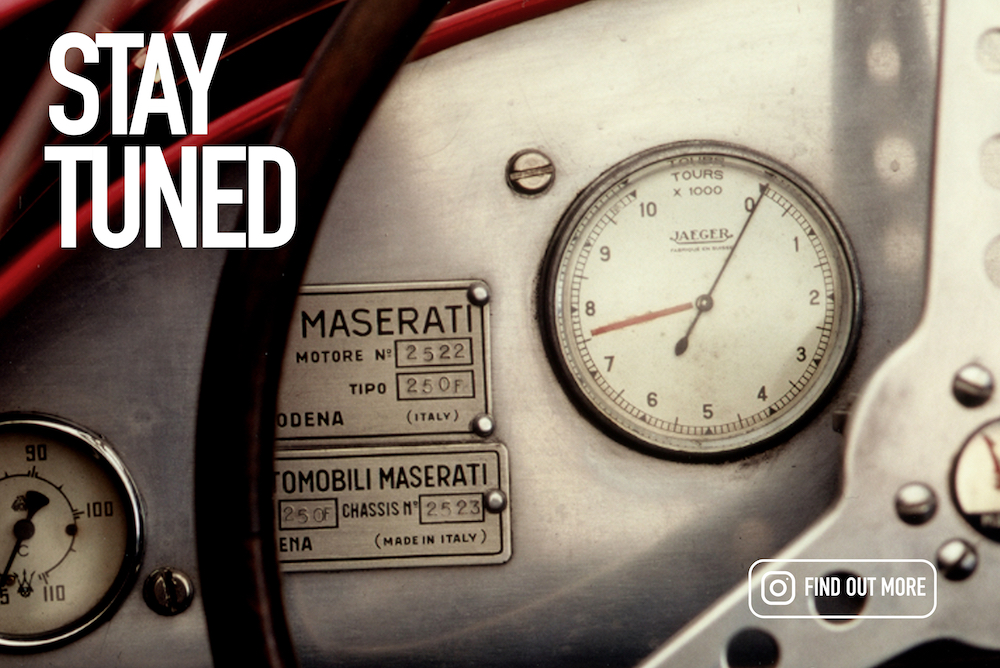There is a certain bold roar, a hype, and an overall spectacle that only the excitable Americans can create—something that perfectly captures the essence of the typical loud and growling American V8 engine. This engine often powers a chassis designed more for long, straight journeys than for the tight turns and challenging, winding roads more commonly found in Europe.
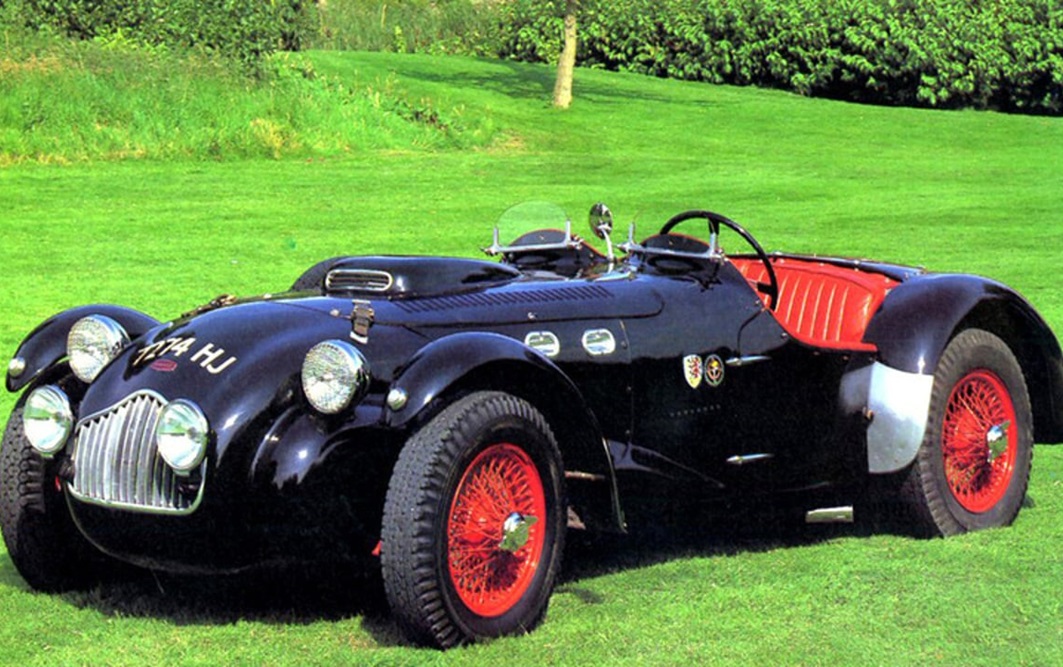
This cocktail of using pure American muscle, allied to a more dynamically capable and responsive European chassis set-up has been tempting cars makers for decades. The first widespread use of such a pairing began chiefly in the UK during the 1930s, as costly low-volume British specialist luxury sport car makers such as Railton, Merandaz, and Leidart employed out-sourced Americans V8 engines to power their cars pre-war, with the très français Gabriel Voisin also turning to an American Graham 3.5-litre motor in the dying days of his late idiosyncratic Voisin grande routier marque.
Post-war, the practice became more widespread. South London Ford agent and part-time racing and trials driver, Sydney Allard, introduced the first of a series of crude but powerful and effective sports cars, usually fitted with American Mercury or Cadillac V8s motors. The Allard J-Series of 1946 was soon followed by the K, L, and P2 sporting models, all using loud, wholesome and gutsy American engines.
Other sporting British cars with Detroit power under the bonnet later followed Allard’s lead, however American motors weren’t the exclusive reserve of British-built high-performance cars in Europe. Pioneered on the continent by Facel Vega in 1954, the Italian refrigerator and Isetta bubble car maker ISO was the first to introduce an American-powered V8 in 1962 into its Bertone-styled Rivolta IR340 coupé, which used a 5.4-litre Chevrolet Corvette engine.
Here are eight of the most notable American-powered European sporting carriages that successfully married elegant British and continental style to a big and beefy V8 Detroit motor to achieve a throaty grunt wrapped up in graceful coachwork.

Facel Vega HK500
The Facel name was first founded in 1939 by Jean Danios to produce tools and dies for the aviation industry. Post-war, Danios moved into automotive coachbuilding, introducing the premier Facel Vega FV1 model in 1954. The FV1 was a large and imposing two-door GT coupé, powered by a Chrysler 4.5-litre Dodge ‘hemi’ V8, and in 1959 the FV1 was substantially improved to become the iconic HK500 – then Europe’s only American-powered production car.
The fast (150mph) and expensive HK500 attracted an impressive roll call of the rich and famous stars of the day and spawned an ambitious pillarless four-door derivative, known as the Excellence, but quickly also known for its droopy bodyshell, which was not sturdy enough to prevent the doors from being closed if all four doors were opened at the same time.
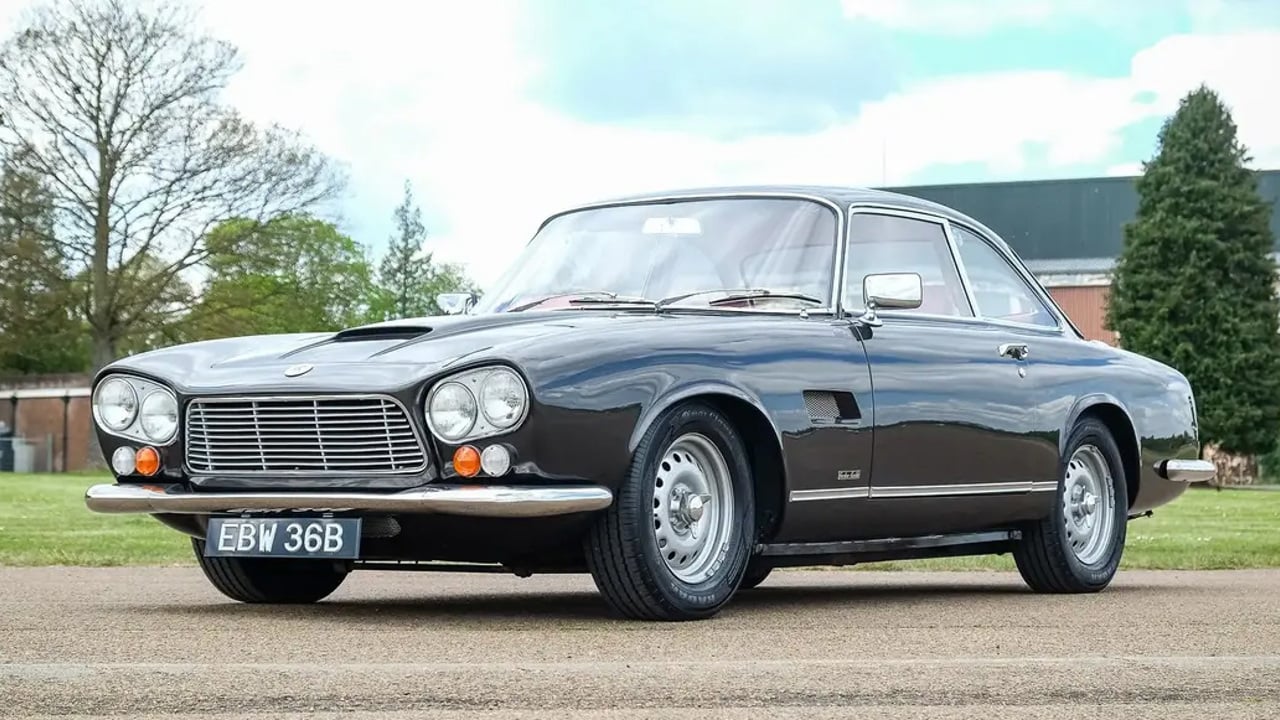
Gordon-Keeble GK1
The first car to be designed by the acclaimed Giorgetto Giugiaro when he took over as the styling head at the Bertone studio, the beautiful GK1 debuted in 1960 as the Gordon GT, using a Peerless GT base with a Chevrolet Corvette V8 under its seductive svelte coachwork. Very highly praised at the time, the Gordon failed to make it into production until it surfaced in slightly revised form 60 years ago in 1964 as the Gordon-Keeble GK1.
Built in rust proof fibreglass, the GK1 combined a 304PS (224kW), 5.4-litre Corvette V8 with a tubular space frame chassis, a de Dion rear set-up, plus all-round disc brakes. Built at the former Spitfire aircraft site at Southampton airport, the price of the striking Gordon-Keeble was set too, causing the firm to fail in 1965, only to be rescued in the same year and renamed the IT. The IT continued until 1967, by which time only 99 examples of the glorious Gordon-Keeble had been made.
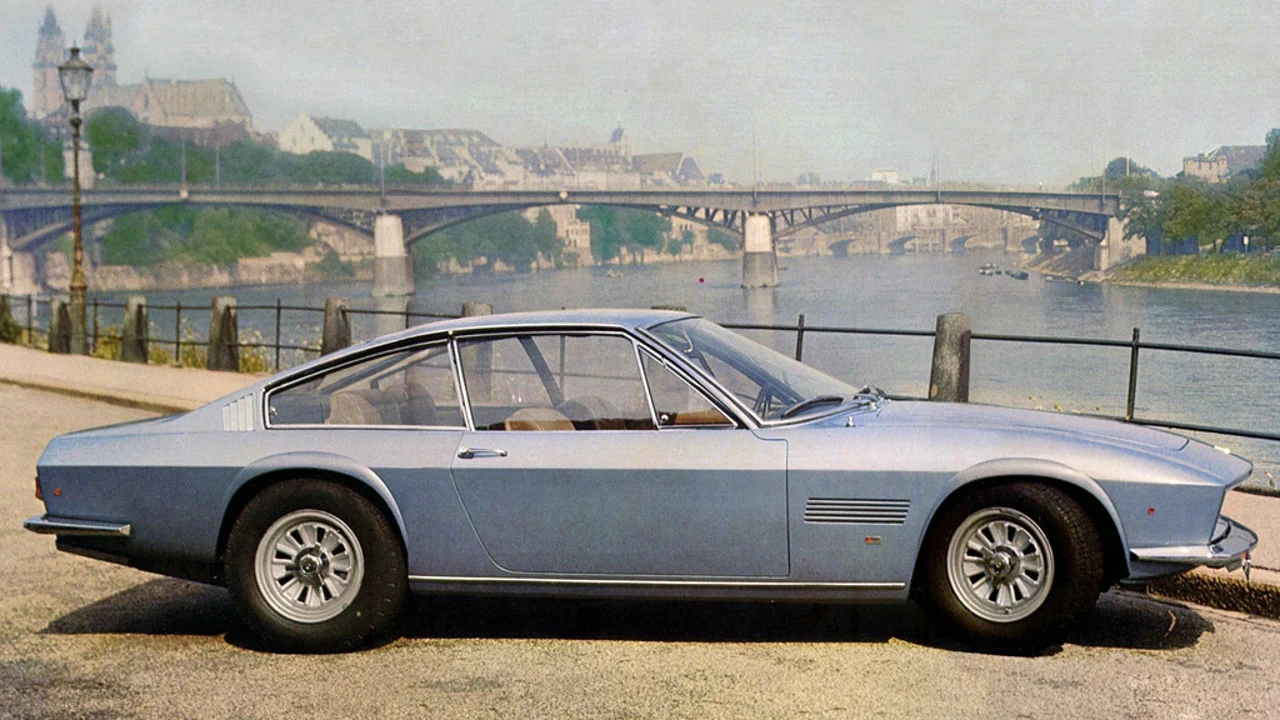
Monteverdi 375L
In the early 1960s, Peter Monteverdi was Ferrari’s youngest dealer in the world, based in Basel, Switzerland. After creating a handful of his own MBM competition cars, Monteverdi had a falling out with Enzo Ferrari, so set about fulfilling his dream of producing a range of high-speed, high-class GTs and his first Monteverdi was a handsome Ferrari/Aston Martin-rivalling GT with a 7-litre Chrysler V8.
After a handful of hand-built ‘High Speed’ GTs had been made, Monteverdi introduced an improved 375L model as an exotic fastback plush coupé, with Frua building the two-seater version and Fissore making a more popular 2+2 version, also powered by the American Chrysler V8, but with the option of an even faster 7.2-litre alternative. A desirable but costly Palm Beach convertible and long-wheelbase Four-Door were added to the 375 range, as was an ambitious mid-engined HAI.

Jensen FF
In its pre-war coachbuilding days, Jensen built a handful of stylish sporting V8s, using American Ford engines. Post-war, the West Bromwich sports car specialist began production of its own in-house GTs, which initially used Austin engines, with its first American Chrysler-supplied V8 making its debut in the challengingly styled CV8 of 1962.
The GRP-bodied CV8 was replaced by the more elegant and modern Vignale designed Interceptor in 1966, which was joined one year later by the advanced FF derivative. This pioneering FF retained the Interceptor’s modern Vignale body (lengthened by 4 inches), but importantly added an innovative four-wheel-drive system and an early form of anti-lock brakes – Maxaret. The FF was a true technical tour de force but the model was very expensive when new and few motorists really appreciated its advance features at the time.
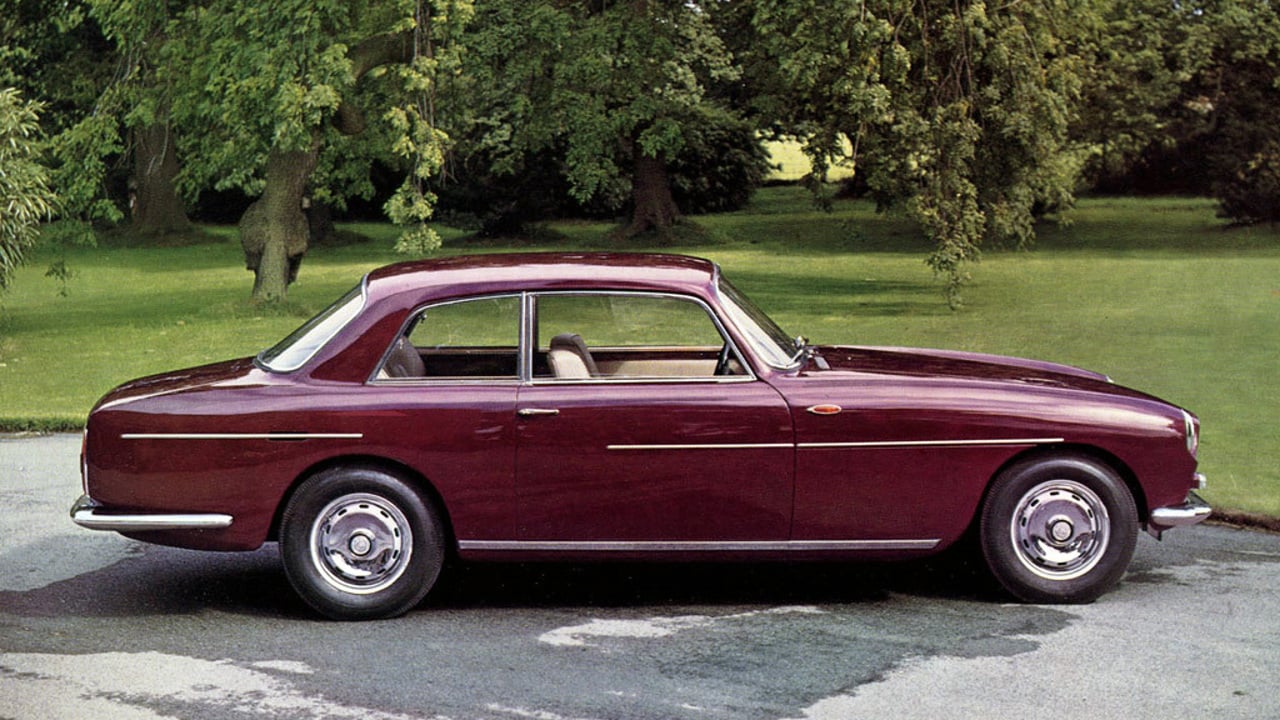
Bristol 411
By the early 1960s, the much-applauded BMW-derived straight-six Bristol engine had come to the end of its development potential, so the engineers at Bristol Cars sought a suitable new alternative. They eventually found it in a Canadian-built Chrysler V8, which was then heavily modified by Bristol to better tailor the Chrysler engines to the more refined tastes of the Bristol clientele.
The 1972/73 411 Series 3 (S3) is arguably the ultimate expression of the perfect Bristol V8, the S3 having the quad headlamp front end and grille with the traditional Hillman Minx taillight rear end. In more recent times, remaining loyal to the Chrysler Corporation, Bristol introduced its radical gull-winged Fighter supercar, using a modified V10 engine sourced from the Dodge Viper.

AC 428
The undeservedly oft-forgotten AC 428 of 1966-73 is an elegant Frua-designed high performance coupé and convertible that was a marriage of AC (Shelby) Cobra 428 mechanicals and its later rear suspension in a swift luxury tourer. Power from the American Ford V8 was a tamer-than-Cobra 345PS (257kW), which still gave the 428 towering performance potential.
The model’s Frua coachwork resembled the Maserati Mistrale, as also styled by Frua, this helping to add to the AC 428’s obscurity with the GT unfairly overlooked due to its more famous sibling Cobra’s cult-like status. Just 80 examples of the 428 were built over its seven-year production run.
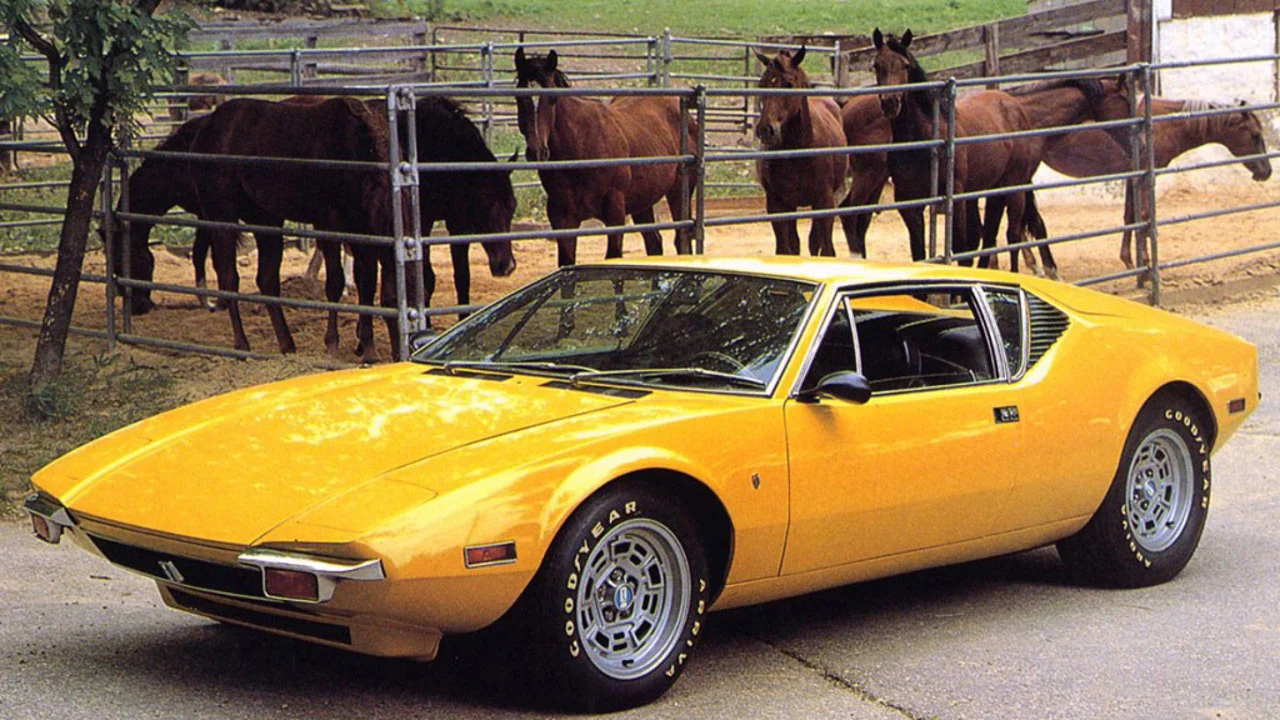
De Tomaso Pantera
After the dramatic but unwieldy mid-engined De Tomaso Mangusta of 1967, the Pantera successor made its debut in 1970. This new wedge-shaped model retained the Mangusta’s mid-ships layout and Ford-sourced 5.8-litre OHC V8. The Pantera (Italian for Panther) developed up to around 355PS (261kW) with an advertised 175mph maximum speed for the top-line GTS model. Through a deal struck with its American engine supplier Ford, De Tomaso arranged to have Panteras sold in the same showrooms alongside Ford’s range-topping Lincoln models in the USA.
The car an unusually strong seller initially for an exotic mid-engined ‘supercar’, but the build quality of early Pantera models left much to be desired – early Pantera adopter, Elvis Presley, famously shot at his De Tomaso when it refused to start. Ford withdrew, leaving De Tomaso to continue with Pantera production after 1974.
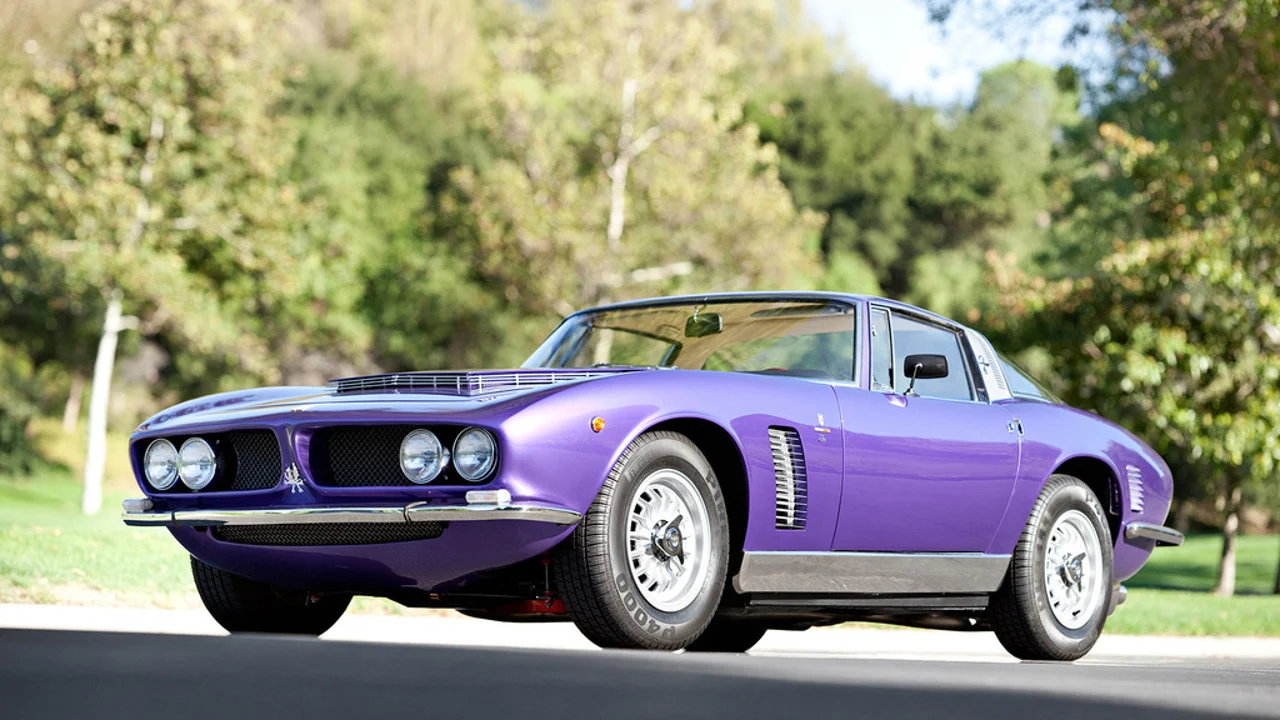
ISO Grifo
Having built Italy’s very first American engined luxury GT ‘supercar’ in 1962, the ISO Rivolta IR340, less than one year later ISO revealed its seminal V8, the achingly desirable Grifo. With a shortened IR340 Bizzarrini engineered chassis and striking Bertone (penned by Giugiaro) fastback coachwork, the Grifo cause a sensation when it was unveiled in 1963.
The car shared the IR340’s 5.4-litre Corvette V8, all wrapped up in a handsome but aggressive GT coupé with a huge wrap around rear window. A 395PS (291kW) 7.0-litre V8 followed in the early 1970s to create the ultimate and most highly sought after Grifo. In 1973, the Grifo’s Chevrolet V8 was changed for a Ford-sourced unit due to cost and a mild front-end facelift was added to keep the model current and desirable.
Facel Vega HK500 and Jensen FF images courtesty of Getty Images.
Report by Gary Axon
find more news here.
